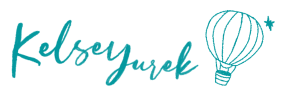This is part 2 of my annual trip series. After a successful first year of traveling in the Pacific Northwest, my brother and I decided that we’d plan a trip together once a year. The two requirements were that we had to use our passports and visit a country neither of us had been to previously. Jake decided to really up the stakes for our Year 2 trip and suggested Cuba.
Here’s a recap of the five trips we’ve done to this point and the sixth upcoming trip we have scheduled for December 2021 (Year 6).
Year 1 (2016): The Pacific Northwest (Portland, Seattle, Vancouver)
Year 2 (2017): Cuba
Year 3 (2018): The Balkans — Croatia, Bosnia and Herzegovina, Montenegro (and London!)
Year 4 (2019): Luxembourg (and Paris!)
Year 5 (2020): Africa (South Africa, Lesotho, Zimbabwe, Zambia, Tanzania)
Let’s get started!
Year 2 Background
Following the success of Year 1, we knew that we wanted to make our trips an annual event. When summer 2017 rolled around, it made the most sense to do the trip then. This was when I had a break between my sophomore and junior years at Georgetown and only had a summer job to navigate when it came to taking vacation time. Jake was also able to take paid time off from his job to make it work.
I had decided (and Jake agreed) that it would be fun to continue to use our passports during our annual trips. At that point, I hadn’t done a lot of international travel compared to him. He had an entire semester of study abroad travel and a summer of TAing in London under his belt. Needless to say, I was itching to explore beyond U.S. borders, and I wanted to use our annual trips as an opportunity to do so.
During our discussions of where to go, Jake said, “Well, you know we could really amp it up and go to Cuba.”
I had never once considered Cuba as a destination I would ever go to. However, flights from Florida make it a fairly accessible destination. So, after doing some additional research online and talking to a Georgetown friend who had been in the past couple of months, we decided to move ahead with plans to go from July 5 through July 9.
Our Itinerary
Due to the nature of how customs and immigrations handle individuals traveling to Cuba, we kept detailed notes of our trip (where we went and what we did). While neither of us ended up needing to use these notes when we went through U.S. immigration, it’s neat to look back on this and see what we did each hour we were in Cuba.
July 5
12:30-1:30 PM: Arrived in Havana, exited the plane, and continued through customs
1:30-2:00 PM: Currency exchange at the airport
2:00-2:30 PM: Taxi to Viazul bus station to purchase tickets to Trinidad
2:30-2:45 PM: Taxi to old Havana Airbnb location
2:45-4:00 PM: Lunch at a cafe on Malecon near Airbnb location while waiting for a response from our host; asked locals if they knew Maykel and discussed that we were from the United States
4:00-5:30 PM: Travel to the major hotel (Iberostar Parque Central) and organized a group taxi to Trinidad (discussion showed that there were no other buses to Trinidad)
5:30-7:00 PM: Walked through the park, talked with locals, and got water/fruit juice from a local coffee shop
7:00-9:30 PM: Located restaurant in Old Havana and ate dinner; discussed whether ice cream with custard may be a strong Cuban dessert (it is not)
9:30-10:00 PM: Travel to Airbnb after host response once they got back on Wi-Fi and provided the address
10:00-10:30 PM: Prepared for the trip to Trinidad the following day
10:30 PM: Sleep
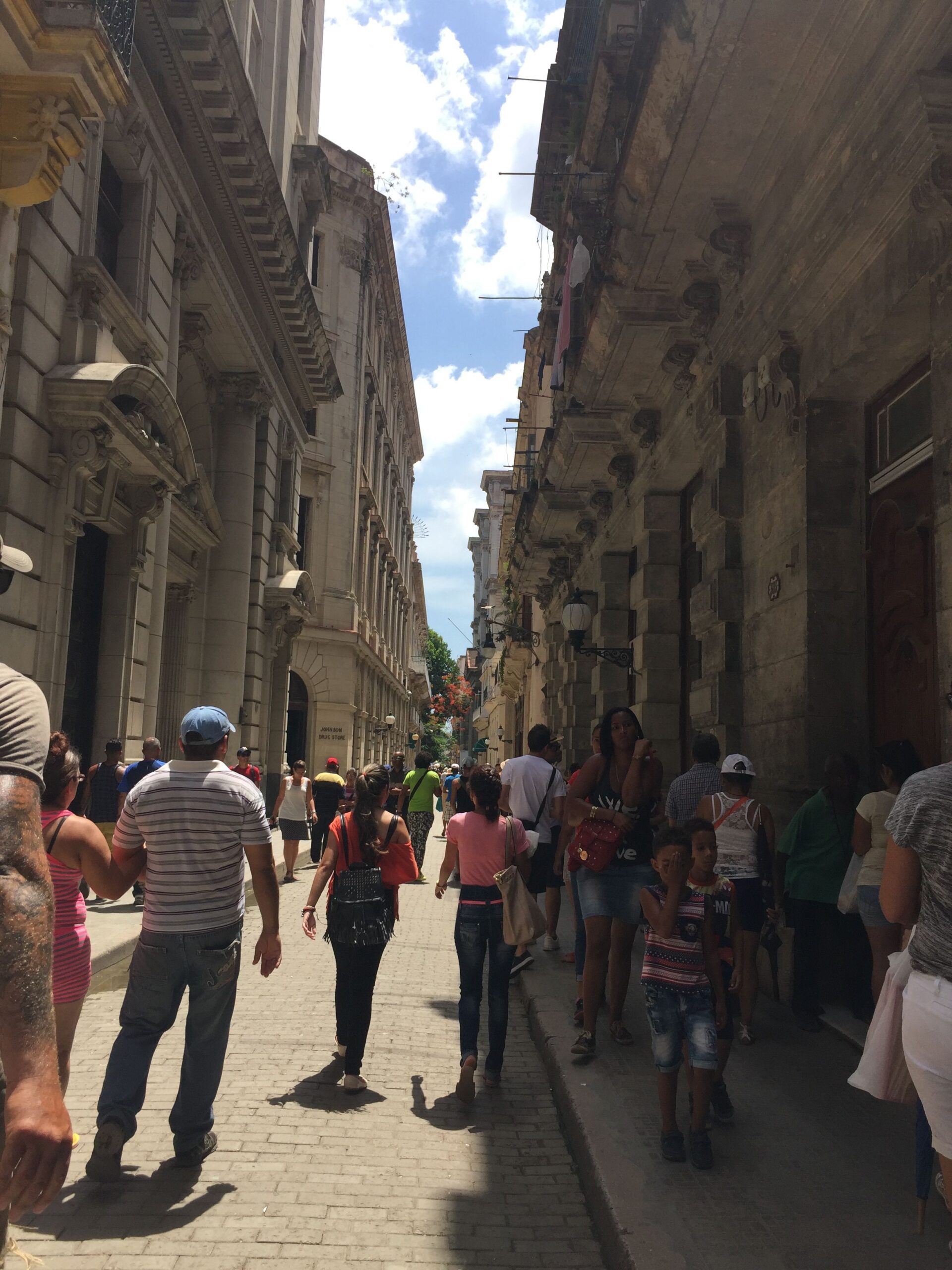
July 6
7:00-7:30 AM: Wake up and get ready
7:30-8:30 AM: Travel to shared taxi location and wait for pick-up
8:30 AM-1:00 PM: Shared taxi ride to Trinidad
1:00-1:30 PM: Reserved spot on Viazul bus from Trinidad to Havana on Friday afternoon
1:30-2:00: Walked through Trinidad to locate Airbnb
2:00-2:30 PM: Met/socialized with Lleana our Airbnb host over welcome drinks, settled, and prepared to exit
2:30-2:45 PM: Located lunch recommendation from Lleana
2:45-3:30 PM: Lunch
3:30-5:00 PM: Museo Nacional de Lucha contra Banditos
5:00-6:30 PM: Travel to touch the Caribbean Sea, similar waters to Bay of Pigs invasion
6:30-7:30 PM: Shower and refresh at La Casa
7:30-9:30 PM: Dinner at restaurants recommended by Cubans we met in the street
9:30-11:00 PM: Casa de la Musica
11:00-11:15 PM: Walk back to Casa
11:15 PM: Sleep
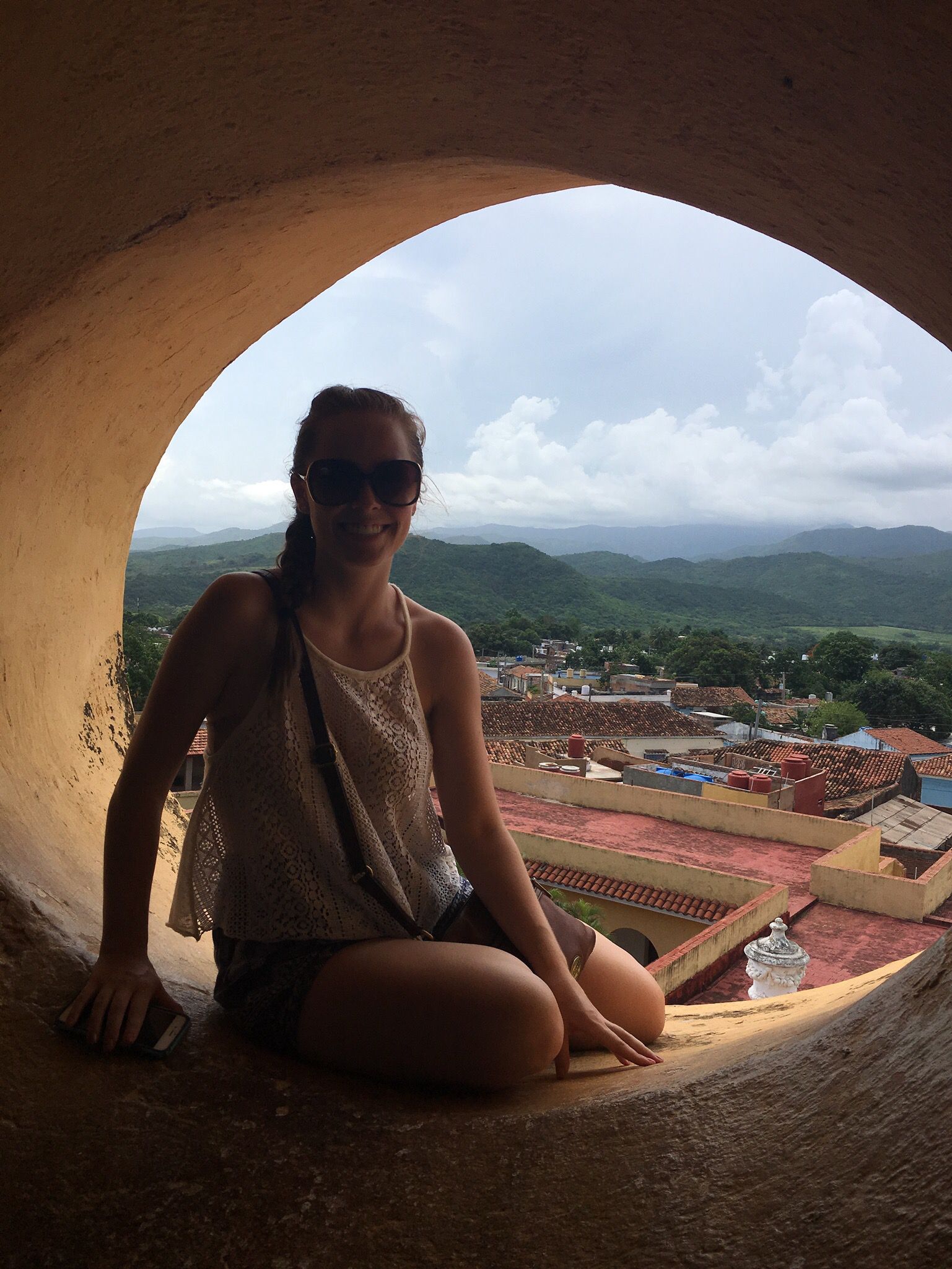
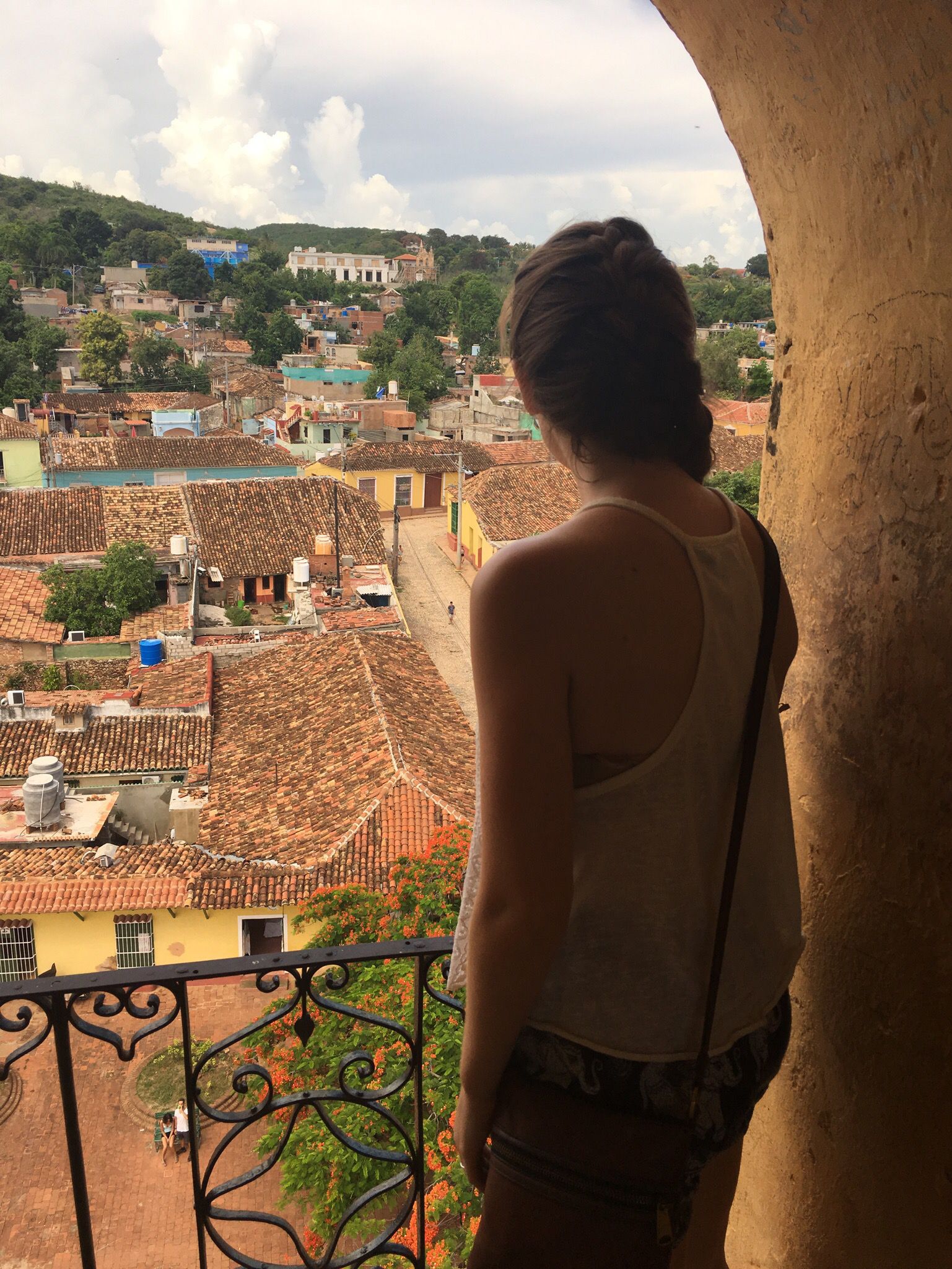
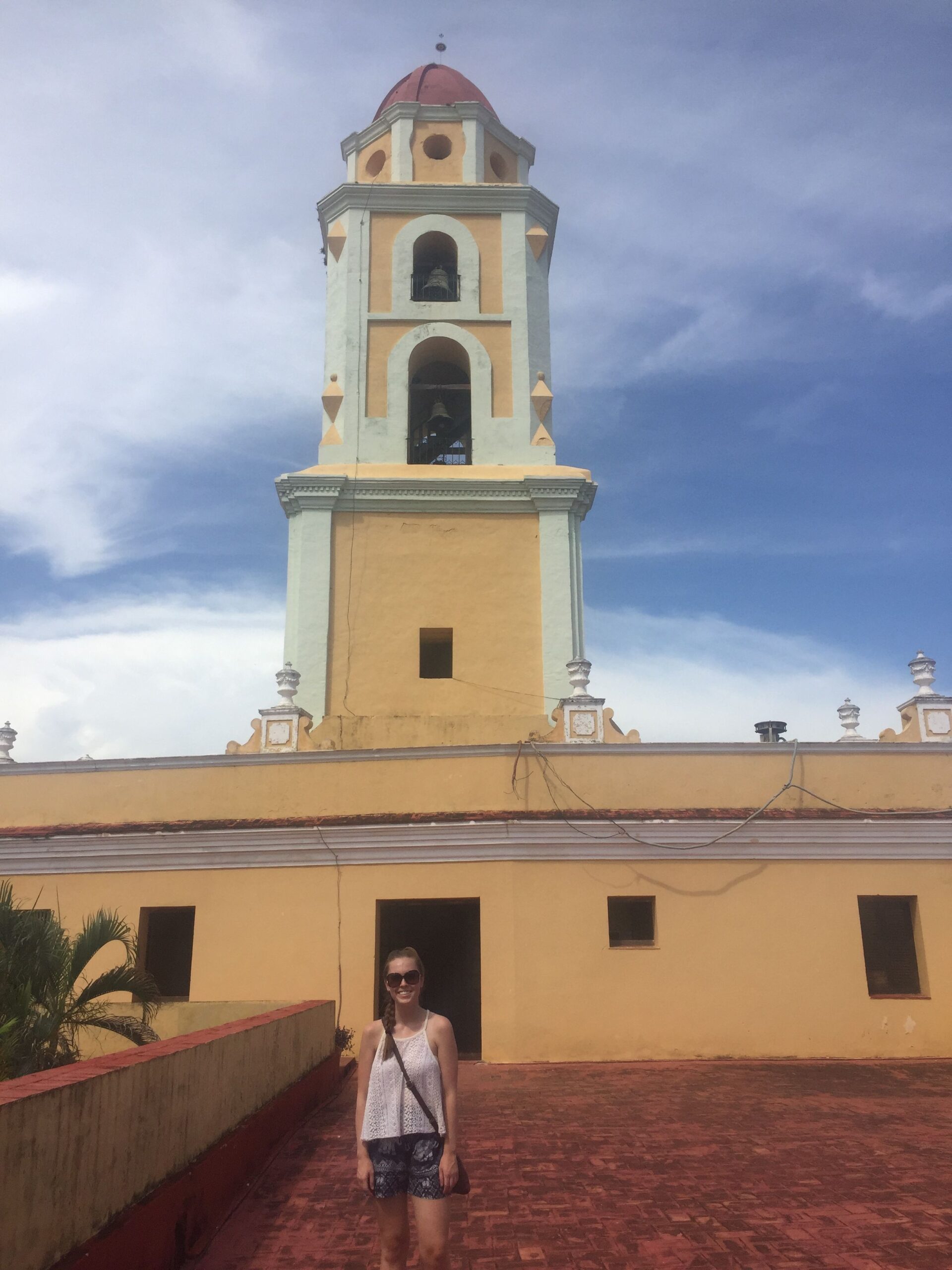
July 7
7:00-8:00 AM: Wake up, eat breakfast, and get ready
8:00-12:15 PM: Horseback riding through Old Town Trinidad and into the country to see how sugar cane, coffee, pork, and tobacco are used by the locals with our Cuban guide Julien who Ileana connected us with
12:15-12:45 PM: Converse will Ileana, freshen up for the bus to Havana
12:15-12:45 PM: Exchange USD for additional CUC at the bank
12:45-1:15 PM: Travel to the bus station, stopping to buy water
1:15-2:30 PM: Secure bus tickets and board bus
2:30-9:00 PM: Bus from Trinidad to Havana
9:00-9:15 PM: Taxi to next Airbnb
9:15-10:00 PM: Change clothes and get ready to leave
10:00-10:30 PM: La Floridita bar for Hemingway significance and to view a highly commercial Havana hotspot
10:30-12:00 AM: Engage locals in finding late night-quick food options, eventually securing a favorite local pizza with the help of Michael
12:00-1:15 AM: La Zorro y El Cuervo for jazz performance
1:15-1:45 AM: Travel back to Airbnb
1:45 AM: Sleep
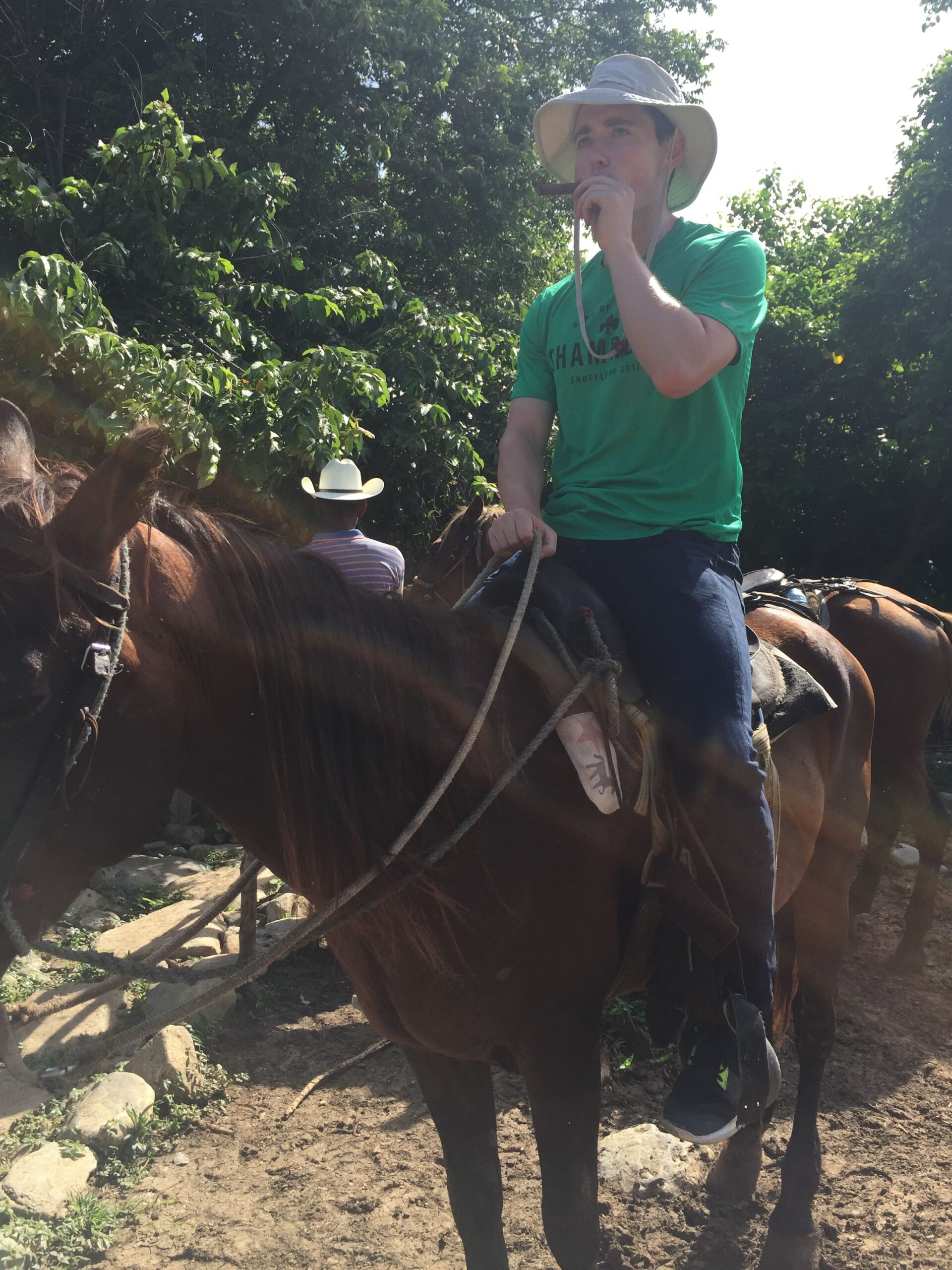
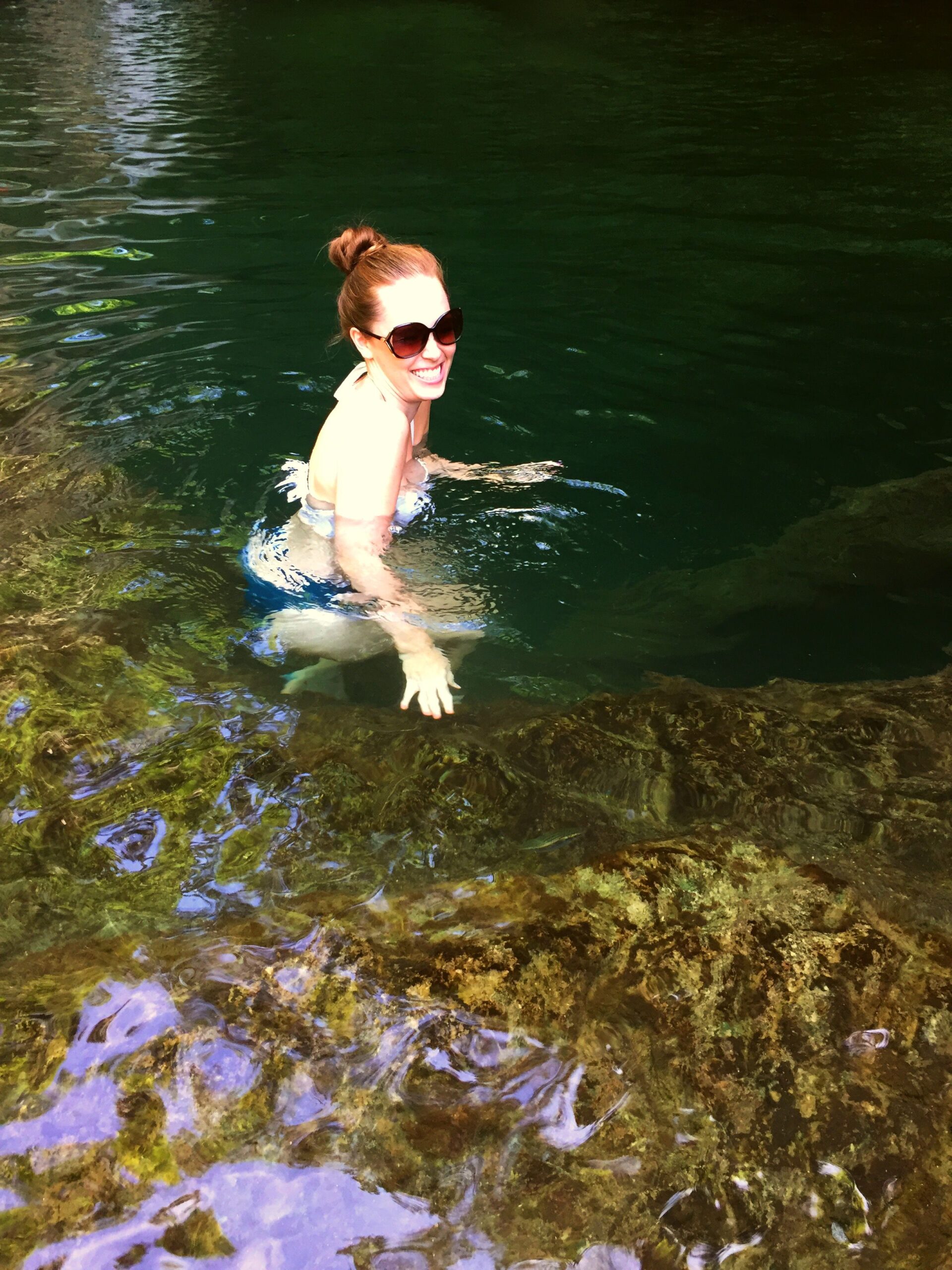
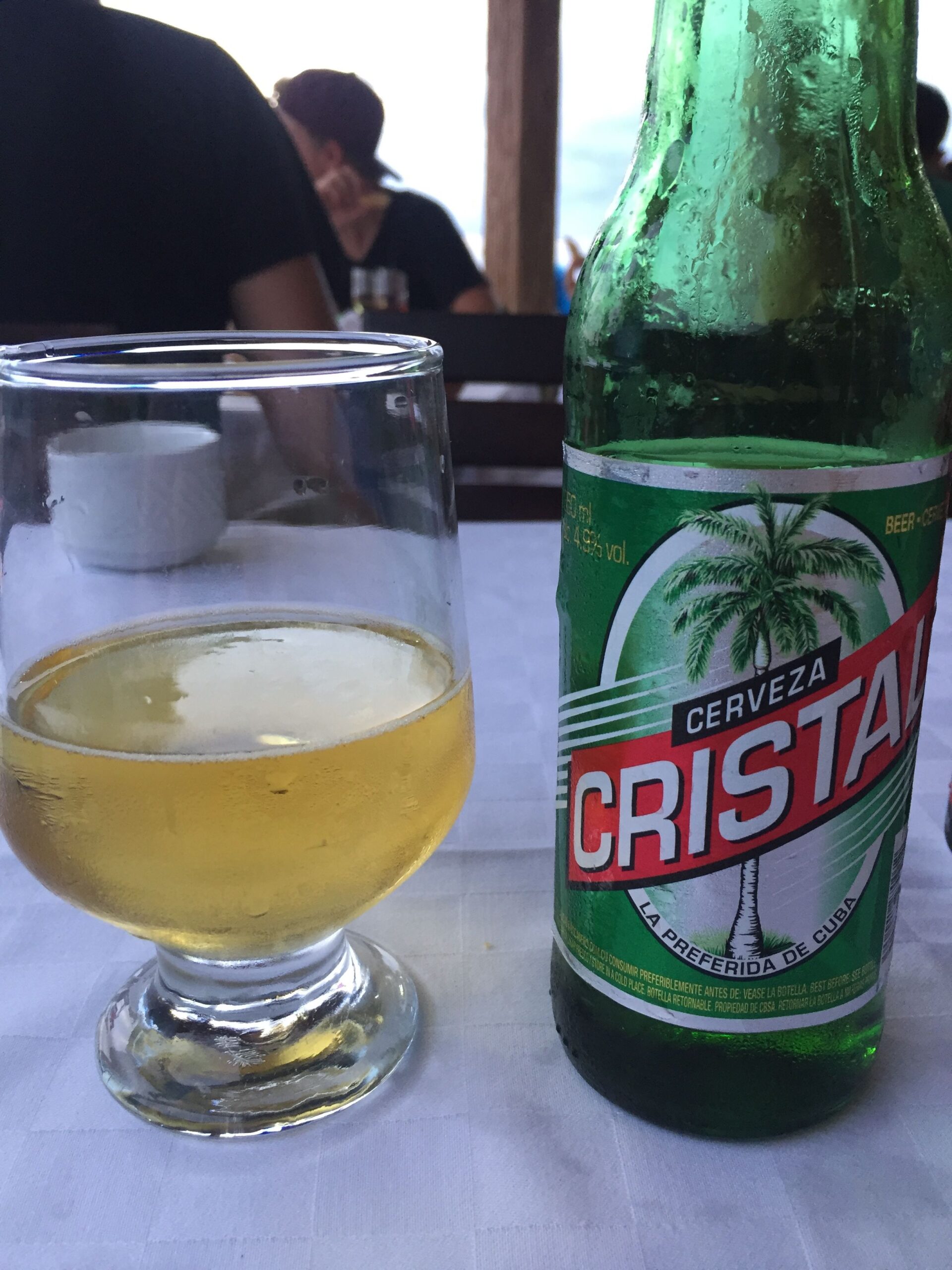
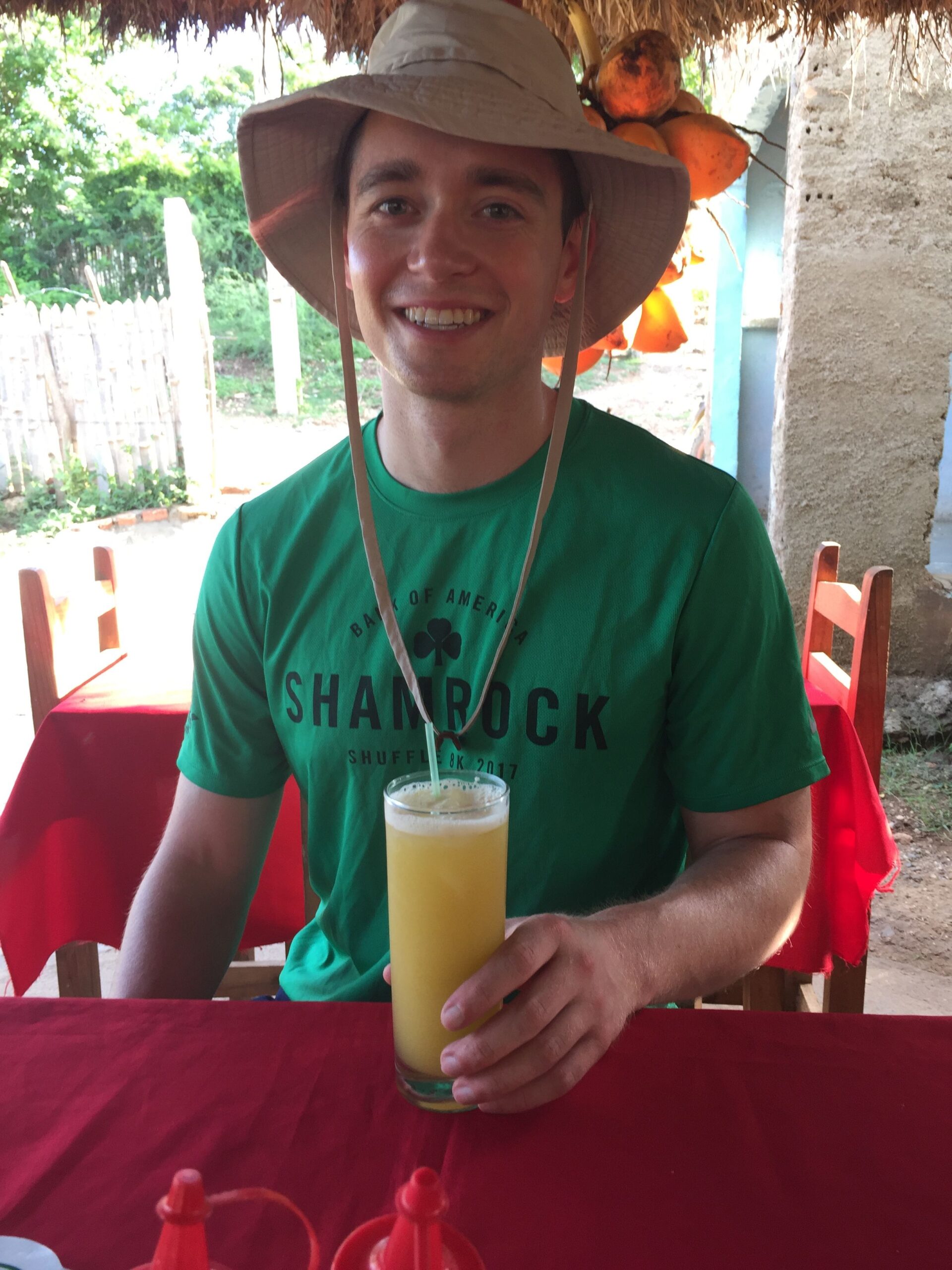
July 8
8:00-9:00 AM: Wake up, eat breakfast (including coffee from our host Giselle), and get ready
9:00 AM-10:30 AM: Walked through the University of Havana to Coppelia Hellado to eat the famous local ice cream and observe how locals queue and relax on a Saturday
10:30-11:30 AM: Walk to a local market to observe Saturday shopping and pick up water
11:30-1:00 PM: Quick lunch of sandwiches
1:00-2:30 PM: Souvenir shopping at Real Fabrica de Tabacos Partagas
2:30-4:00 PM: Rest/refresh at la casa during a thunderstorm
4:00-5:00 PM: Locate taxi and travel to Verado for an evening of cultural activities
5:00-5:30 PM: John Lennon Park and discussion of wealth discrepancies for those in Havana
5:30-7:00 PM: Dinner at popular La Citidal in Havana neighborhood frequented by locals
7:00-7:45 PM: Walk past Colon Cemetery to FAB Fabrica de Arte Cubano to view art
7:45-8:00 PM: Queue for FAB
8:00-9:45 PM: View FAB including a live fashion show
9:45-12:00 AM: Salsa dance at 1830
12:00-12:15 AM: Taxi to la casa
12:15 AM: Sleep
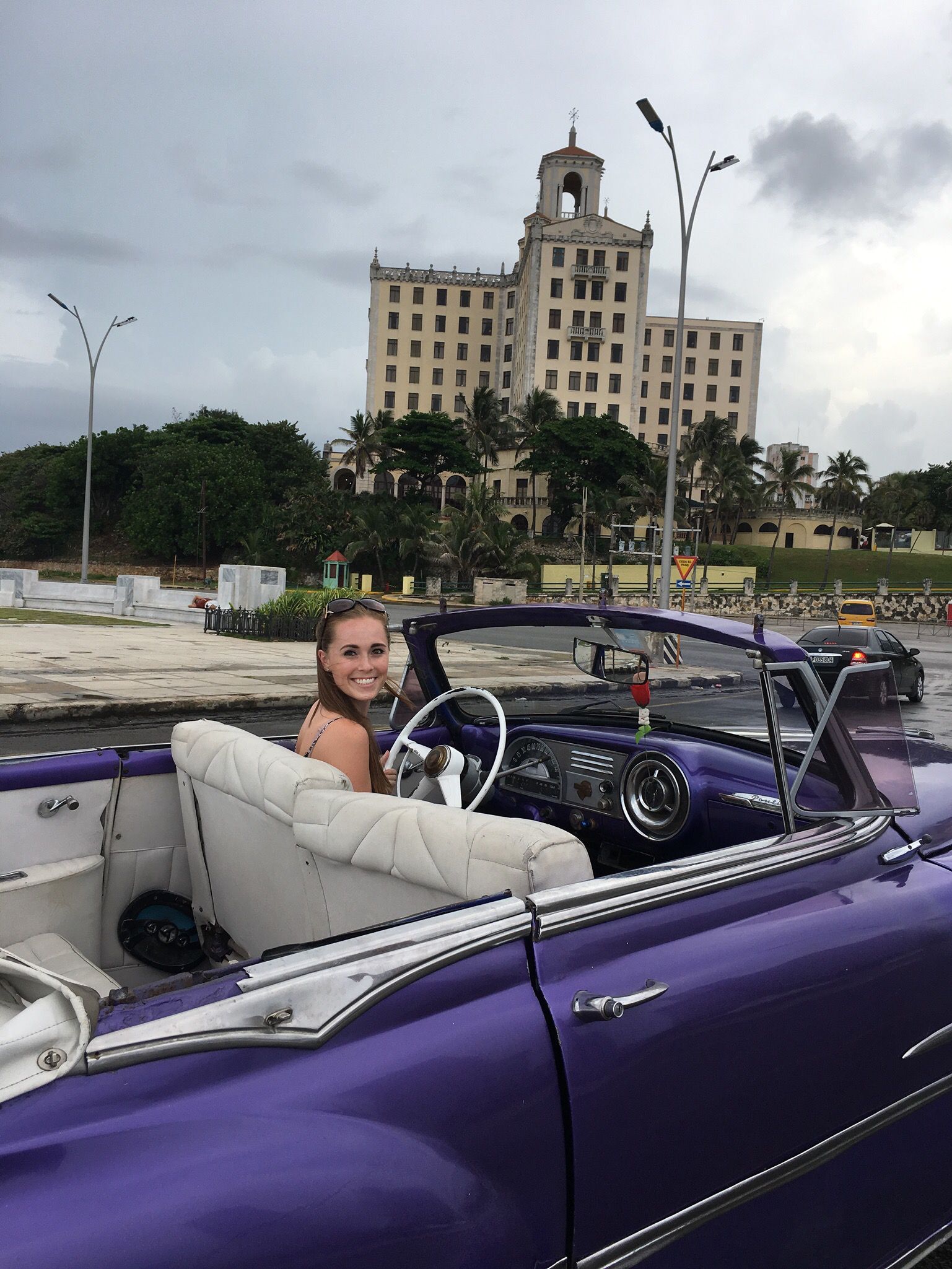
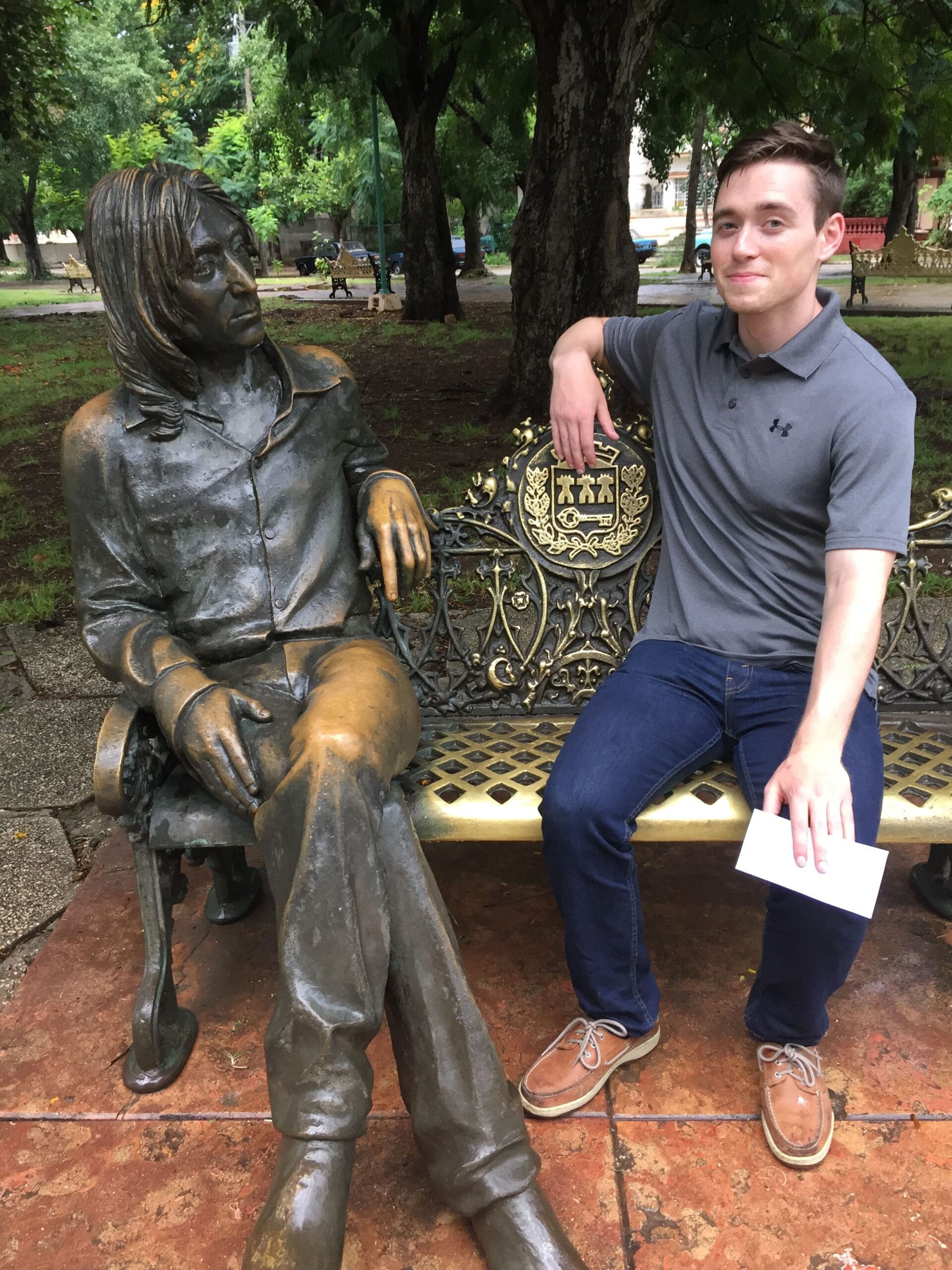

July 9
7:00-7:30 AM: Wake up and get ready
7:30 AM: Taxi to airport
Memorable Moments
When I think back on our trip to Cuba, I remember some of the most challenging travel I’ve done in my nearly 70 countries of travel, and it was in my first five countries of travel. Because of the infrastructure, you’re not able to do so many things that are typical of travel today. For example, you couldn’t pull money out of an ATM, and Wi-Fi was not easily accessible. These two factors alone made the travel logistics challenging and tense at times. We had to carry all the money we needed for the entire trip on our person at all times.
When we needed to change money at the bank (USD for Cuban peso), we had to walk in and give all kinds of information about who you were and where you were staying. The language barrier was difficult, and I remember one particular instance where the bank teller and I were practically playing Pictionary. Not the best look when you want to maintain a low profile.
Still, despite these obstacles and the lack of amenities, we met some of the kindest and happiest people I’ve seen in any country I’ve been to. People were genuinely happy to see tourists and to engage, which is not always the case. I left Cuba with nothing but a positive impression of the people there. While the socio-economic and political circumstances may have been less than ideal for many of them, they were always kind and willing to help visitors.

A Year 2 Anecdote: “La Comida” Doesn’t Mean Menu
As most people know, Cuba is a Spanish-speaking country, and I only had one year of formal Spanish class in 5th grade. Otherwise, I had always taken French in school, so my Spanish skills were less than ideal. While Jake had minimal Spanish skills, it had been years since he had needed to use them. In the end, I think we both agreed that we could have brushed up on our Spanish skills before heading to Cuba.
While most people spoke some broken English, we were using some broken Spanish or translation apps (if Jake’s T-Mobile service allowed). On the evening of July 7, we were out in Havana late at night looking for food options. We went up to a few restaurants where Jake said, “la comida,” and we were handed a menu. Based on the context (and my poor Spanish), I took “la comida” to mean menu.
None of the restaurants we approached were quite what we were looking for, so we ended up back in the streets. We knew we wanted something relatively cheap and casual. Something like sandwiches. And that’s how we ended up talking to a local Cuban man who wanted to help us find “la comida.” At this point, I was just along for the ride.
While I wouldn’t always trust a random local man talking to me in the streets of just any country, the Cuban people had proven time and time again to be so incredibly kind and friendly. He found out that we were looking for something to eat. Jake kept repeating “la comida” to him. He would nod with understanding and say things in broken English, and then eventually, he asked if we wanted to go to his family restaurant for a sit-down dinner.
Not wanting to be rude, we followed him to his family restaurant. Jake ordered a beer, and we looked at “la comida.” However, we ultimately decided that this was — like many of the other restaurants we had looked at — fancier than what we sought.
We paid for the beer and politely excused ourselves to head back to our casual food search. Back on the street, we met another local man, Michael. He said he was a once-famous boxer in Havana who was now a restaurant owner with four children. Unfortunately, his restaurant was now closed for the night. However, he took us to find pizza and beer, which was exactly the type of food we were seeking as it was now 10:30 PM.
The pizza was only 1.50 CUC (equivalent to $1.50 USD), and we each got a beer to go with it. It ended up being a favorite snack of the trip and a great solution to our need for food that night. While we were sitting and eating, we were discussing how difficult it had been to find what we were looking for. Eventually, I mentioned something about the language barrier and “la comida,” and my mistranslation of the word was brought to light.
“La comida means food, Kelsey,” Jake said blankly.
“What? But every time you’d say that they would show you a menu…”
“Yeah…a menu with food.”
Nonetheless, the night ended well. After our pizza, we grabbed a cab over to the jazz club where we sat and listened to a group with a beautiful rendition of “Isn’t She Lovely.” I can still see it in my memory to this day.
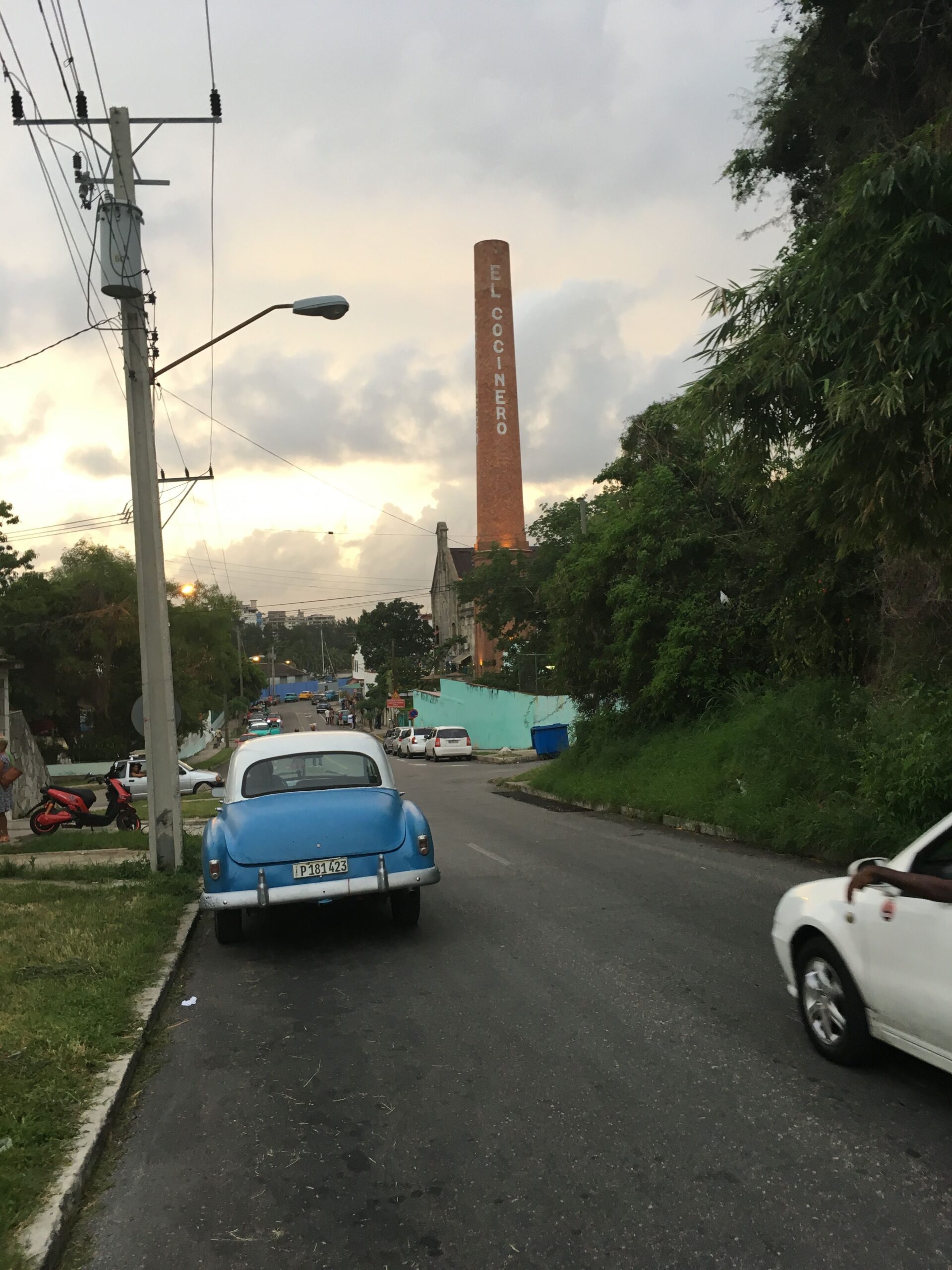
Final Thoughts
Cuba isn’t a destination I’d recommend for everyone, but I’m so thankful I’ve been. The people were so kind, and it’s such a beautiful country. It ranks up there with some of the most unique destinations I’ve been to, even if it’s among the most challenging logistically.
For Year 3, we venture into southeast Europe while I was studying abroad. Come back next week to read more!
